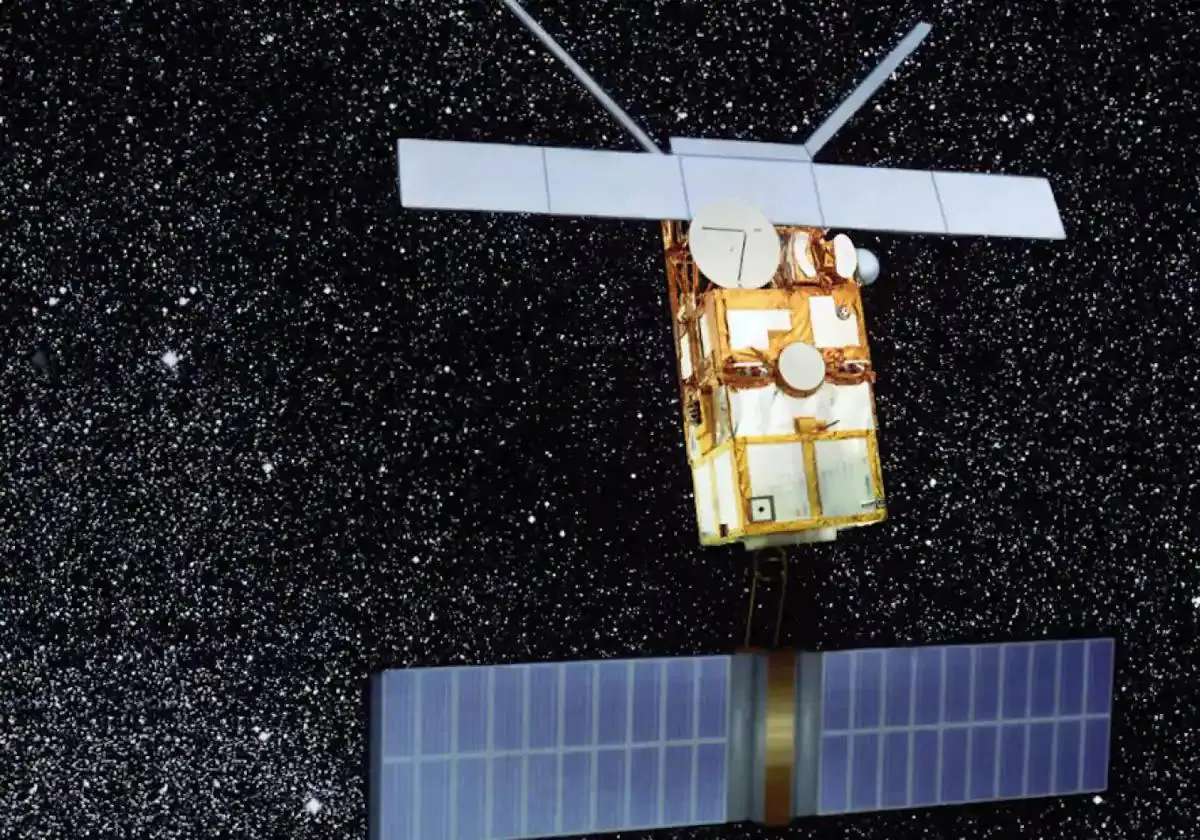The European Space Agency's (ESA) old ERS-2 remote sensing satellite entered the atmosphere this Wednesday, falling at 5:17 pm in the northern Pacific Ocean at an unknown point between Alaska and Hawaii. It has been confirmed by the ESA that its predictions regarding the fall of this object have been fulfilled, its weight was 2,516 kilograms (including fuel) when it was launched into space three decades ago.
On four nearby dates — January 14, January 28, January 29 and February 3 — the ESA released images of the spacecraft taken from other nearby satellites when the expired device was still 300 kilometers high. As planned, its disintegration will begin when it descends to an altitude of 80 kilometers, Europa Press reports.
Launched on April 21, 1995 on an Ariane-4 rocket from the Kourou Space Center in French Guiana, ERS-2 was one of ESA's first Earth observation satellites. Among other missions, it used visible and ultraviolet light sensors to monitor land surfaces, oceans, rivers, vegetation, and the polar regions. It officially ceased operations in September 2011.
The peak of the solar cycle
13 years after the launch of ERS-2, the European Space Agency gave its first approval. In 2011, he decided to re-enter the satellite's controls passively and remotely, beginning a series of 66 orbit maneuvers to reduce the orbit from 785 kilometers to 573 kilometers. Running out of fuel and running out of batteries, ERS-2 finally succumbed to the increasing resistance of Earth's atmosphere as we approach the peak of the current solar cycle.
Other recent iterations of large devices launched from Earth several years ago include the 6.5-ton UARS satellite in 2011 and the massive Long March-5B booster that launched the core module of China's Tiangong space station in late 2022. weighing 23 tons).
The Odysseus module successfully covers the last stretch with a view to landing on the moon on Thursday.
Eph
The American Odysseus lander is positioned in lunar orbit
Intuitive Machines finished inserting its Odysseus mission into lunar orbit on Wednesday as planned, with a window of opportunity to land at the natural satellite's south pole ending this Thursday, although the official prediction is that it will do so. 10:49 pm Half a century after the end of the Apollo program, this is America's second attempt to return to the moon.
On January 8, Astrobotic's Peregrine lander was launched, but the ship's fuel loss prevented it from reaching its intended destination this Friday. Odysseus succeeds for now, traveling a million kilometers from Earth and positioning himself in a 92 kilometer circular lunar orbit.
The lander lifted off from the Kennedy Space Center on February 15 aboard a Falcon 9 rocket from SpaceX, owned by tech mogul Elon Musk. The spacecraft is carrying six payloads from the US space agency NASA, which will focus on communication node and navigation for space-surface interactions, space weather and lunar surface, radio astronomy, precision landing technologies and future autonomous navigation technologies. . The entire device is programmed to operate in one lunar day, which is equal to 14 Earth days.

